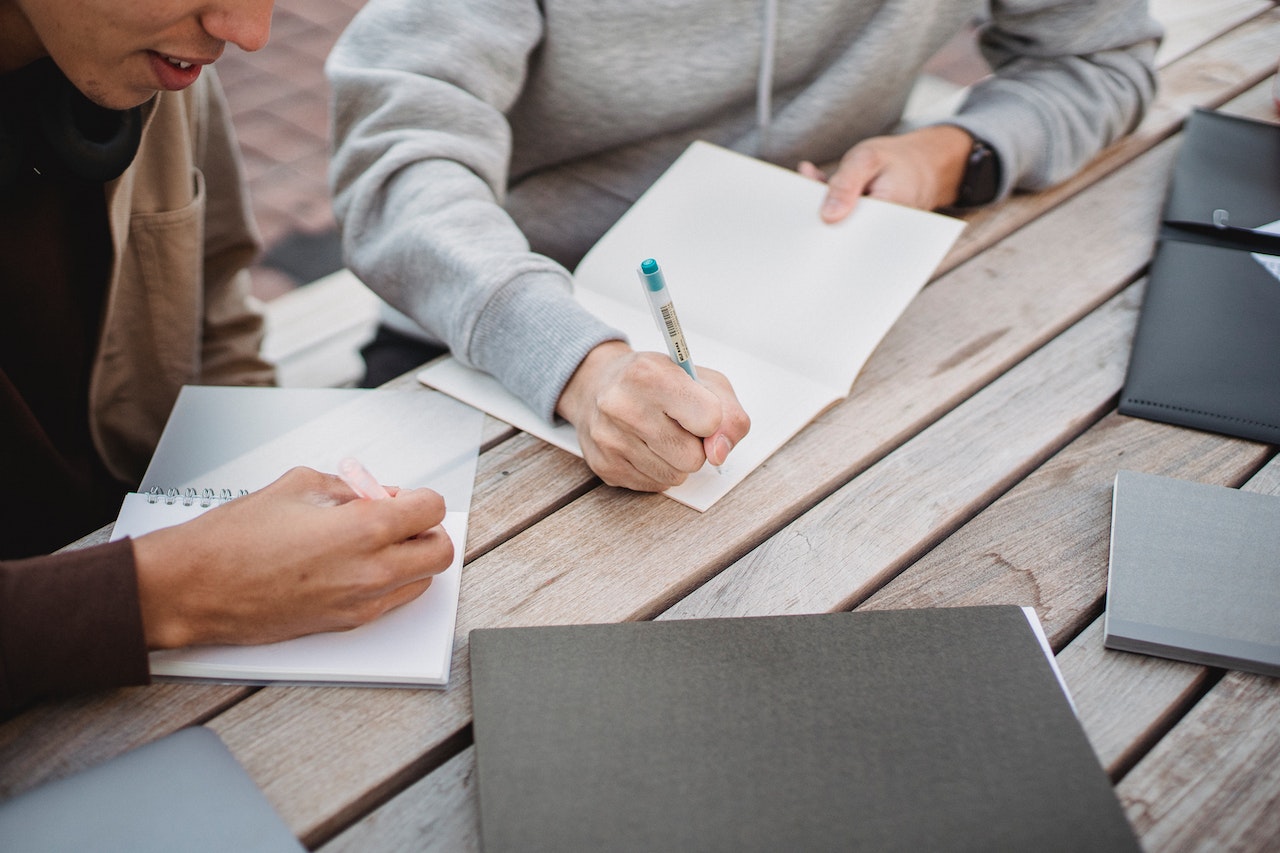A few weeks ago I wrote the Italian PLIDA exam for proficiency level B1. I had been looking forward to doing it since I started studying Italian and I enjoyed it tremendously. Since sitting the exam can be quite a commitment I’ve decided to write this article to share my experience.
What is PLIDA?
PLIDA is a proficiency certification for the Italian language. The full name for the certification is “Progetto Lingua Italiana Dante Alighieri”. It is organised by The Dante Alighieri Society and the exam is held on set dates at certain education centres around the world. The certification is offered at all proficiency levels, from A1 up to C2.
For many people who study Italian, obtaining a certification such as PLIDA will become necessary at some point. This is because it is required for many official procedures, including:
- Applying for Italian citizenship (PLIDA B1)
- Obtaining an EU long-term residence permit (PLIDA A2)
- University and study visas (specific level depends on the institution)
Preparation
I applied to sit the exam at my Italian language school around September 2022, a few months before it took place at the end of November. Having completed level B1 in my course I was confident that I was at the right skill level. The registration fee for the exam was around $200 or 150€.
While grammar isn’t explicitly tested you obviously have to use correct grammar in your texts and speech. For level B1 I knew that the congiuntivo presente & imperfetto (subjunctive mode) were particularly useful in expressing thoughts and opinions. So I decided to revise them and practised forming a few phrases.
I also decided to practise using certain introductory phrases in my writing and speech since I knew they could be useful in the exam. The two phrases in particular that I revised were “Si tratta di …” (It speaks about …) and “Per quanto riguarda …” (Regarding …).
To improve my listening I spent more time listening to the news. Euronews Italiano offers a free live stream on YouTube 24 hours a day. I find listening to the news and reading newspapers to be great ways of improving my language ability.
One of the things I had started doing from level A2 was practising speaking with a language buddy. This improved my speaking and listening hugely. So by the time of the exam I was already quite confident in my speaking ability.
The Exam
The exam was held in person over two days. Fortunately we weren’t required to implement any protocols related to COVID-19.
Day 1: Written exam – 3 hours
- Listening (Ascoltare)
- Reading (Leggere)
- Writing (Scrivere)
The written exam constituted a part each for listening, reading and writing. The listening part featured a number of audio tracks that the examiner played out loud on her computer. Each track was played twice which made them a lot easier to follow and understand. The questions for the listening part were presented in multiple-choice format.
The reading part was straightforward. It included a number of texts with questions which we had to provide the answers to. This part was also given in multiple-choice format. After completing the reading part we were permitted a 10-minute bathroom break to exit the venue and stretch our legs.
The writing part was made up of two questions – each a scenario that we had to address by writing a composition.
Day 2: Oral – 40 mins
- Introducing myself
- Role play
- Monologue
The oral part of the exam took place the day after the written exam. Unlike the written exam which all the students sat at the same time, the oral sessions were spread out throughout the day with each student allocated a time slot. My session was in the afternoon.
When I arrived I was seated in the exam room with the two examiners. One of the examiners explained to me, in Italian, what the procedure of the oral exam would be.
For the first task I had to speak about myself for two minutes. This wasn’t actually part of the exam – it served more as a warm up to get you comfortable. Fortunately I had a good amount of practise with this so I mentioned a little about myself and then spoke about my reason for learning Italian (per piacere 😉).
For the second task I was presented with a scenario which I had to verbally “act out” with the examiner. I was allowed three minutes to prepare. This task was a little challenging but it wasn’t much different from the exercises we had done during lessons.
The third task was a monologue. I was presented with three scenarios which I had time to read through. Each scenario contained a short text and 2-3 questions relating to it. I had to choose one of the scenarios and prepare what I was going to say. After a couple of minutes preparation time I spoke about the text I chose while addressing each of the questions. The examiner didn’t provide any input while I spoke. However when I was done she posed a question of her own based on what I had spoken about.
Conclusion
I found the PLIDA B1 exam to be quite beneficial in gauging my general level of proficiency in Italian. It provided an insight into the standard I would be expected to make use of Italian if I were to live or work in Italy. Best of all it was also great fun!
For more information about the PLIDA certification, The Dante Alighieri Society or the CEFR language proficiency levels have a look at the following links:
- PLIDA: https://plida.it
- The Dante Alighieri Society: https://www.dante.global/en
- The CEFR Levels: https://www.coe.int/en/web/common-european-framework-reference-languages/table-1-cefr-3.3-common-reference-levels-global-scale

3 thoughts on “PLIDA B1 – how I prepared for the exam”